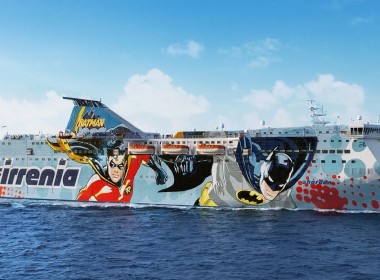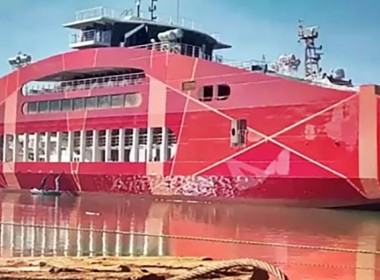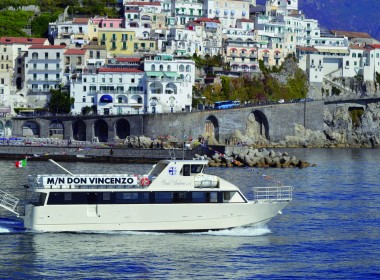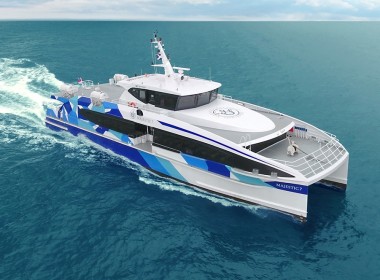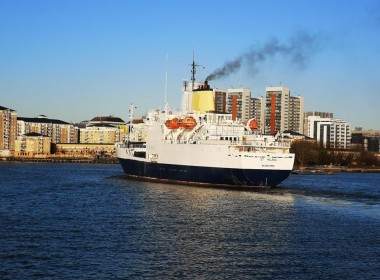FEATURE: Global ferry market surges
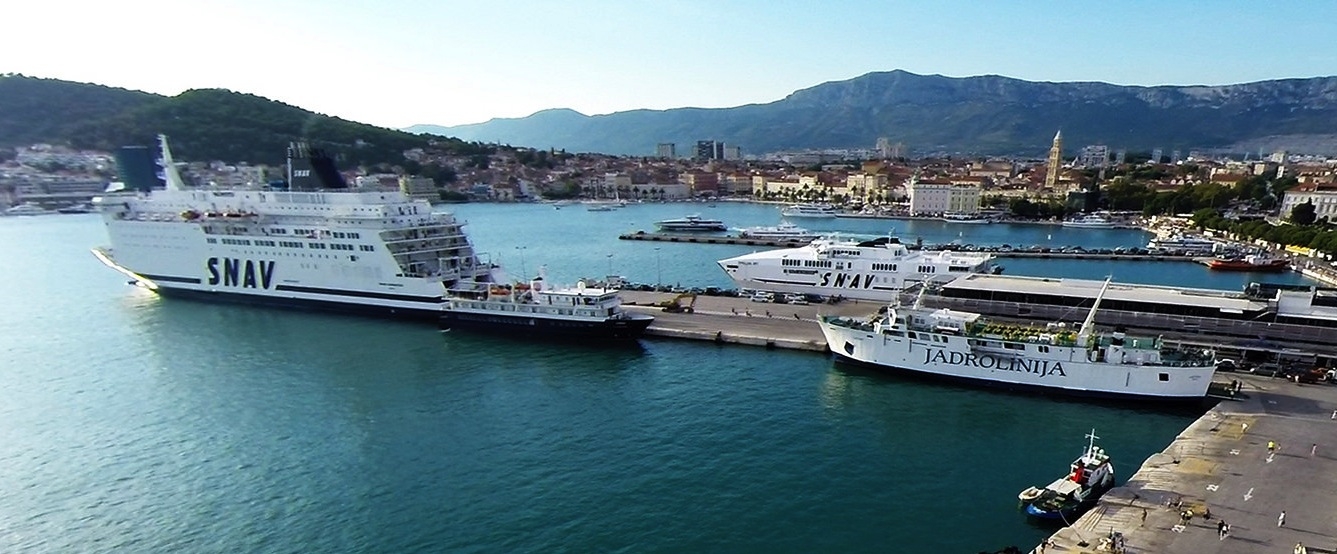
Last month I participated in the Interferry conference in Split, Croatia, as a presenter, panel member and very interested observer and networker.
Over the past twenty-seven years I have attended nearly half the Interferry conferences and have invariably found them to be interesting, stimulating and very useful.
Indeed, I was the one who persuaded the then board of the International Marine Transit Association to change its name to the much more manageable and appropriate Interferry that I had previously reserved as a domain name. I was pleased to give it to the association. That was in Cebu in the Philippines in 1999.
Since 1990, the association has progressed from being very North American focused to truly international in outlook and approach. This has improved its utility and appeal enormously.
The great and good of the global ferry industry, plus a couple of others, are regular attendees at Interferry. This year was the biggest yet with more than 370 delegates plus about 80 “accompanying persons”. The programme is tight with two full days of conference deliberations lightened somewhat by breakfasts, lunches, dinners, a “technical tour”, a golf day and a sailing regatta.
The conference offers a really good mix of serious and social activities that facilitate knowledge sharing and networking. Deals are done and almost all attendees return home looking forward to the next event.
So, you get to talk, eat and socialise with a wide range of ferry owners, ship builders, naval architects, financiers, lawyers, bureaucrats, classification society people, ship brokers and engine and equipment suppliers from all over the world. That enables the enthusiastic participant to gain an unusually wide perspective of the state of the global ferry market that would be unobtainable elsewhere.
Flourishing ferries
So, what did I learn? First and foremost, the global ferry market is in good and improving shape. I won’t say it is booming but it is flourishing and appears likely to improve further. The tourist industry is strong, marine tourism, particularly, is very strong and the commuter ferry market is being encouraged by ever increasing road traffic congestion in the world’s major cities.
The last ferry boom took place about twenty years ago. Many of the vessels launched then are up to their second refurbishments and some are being replaced. The previous ferry flurry was about fifteen to twenty years before that, in the early 1980s. While many vessels from that period are still happily and economically operating, many others require substantial upgrading or replacement.
Technical developments, as with cars and aircraft, mean that it is often more economical to replace a ferry than to refurbish it. Newer vessels are usually significantly more fuel and environmentally efficient; safer; more economical; and, more comfortable. Design, construction, engines, propulsion systems, electronics, seating, air-conditioning, berthing arrangements, and passenger handling systems all continue to improve as many of the Interferry presenters advised us.
Operating methods and procedures are changing, too. As Incat Chairman, Robert Clifford, in his comedy duo presentation with his competitor, Austal’s Mike Wake, informed us.
Faster turnarounds, such as he showed us at Denmark’s Mols Linien, reduce the need for flat-out speed. Mr Clifford has been saying for years that his ferries do not always need to run at 35 knots plus. Often they could be operated very effectively and much more economically at half that speed.
The other attributes of catamarans and trimarans, their great stability and safety, remain whatever their operating speeds, both members of the duo agreed.
Mr Clifford’s biggest complaint was that so many of his early ferries built around 35 years ago are still going strong. He has been hoping to build their replacements for years but their owners are perfectly happy to keep them operating.
On demand
However, demand for both commuter and tourist ferry travel is increasing practically everywhere. In London, for example, Thames Clippers has grown from one primitive 54-passenger boat in 1999 to a fleet of sophisticated 180 passenger ferries less than twenty years later. Bangkok’s Chao Phraya Express Boat Company continues to grow its fleet with an increasing proportion being devoted to tourists.
A quick examination of the Passenger Vessel World news section of www.bairdmaritime.com reveals an ever and rapidly growing list of ferry orders and launchings. In almost every case their quality, efficiency, comfort and safety is significantly better than the vessels they replace.
Interferry certainly had a strongly positive atmosphere. I can’t remember anyone I spoke to harbouring any negative thoughts about the global ferry industry or market. I have a very strong feeling that we are in for a few very good years.
Plan ahead. The next three Interferry conferences will be held in October 2018 and October 2019 in Cancun, Mexico and London respectively. Hobart, Tasmania will follow in 2020.


